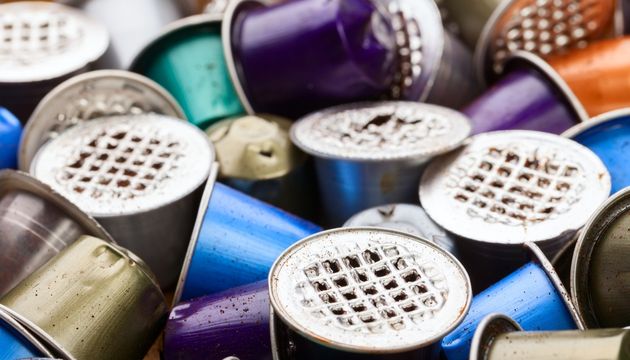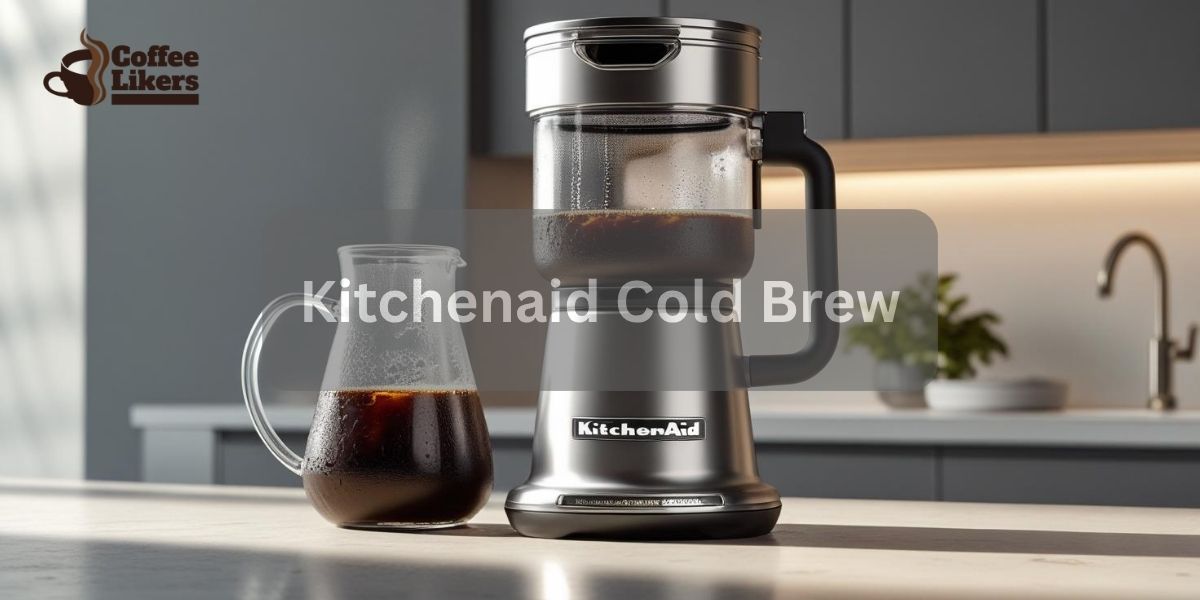Introduction
Coffee pods have become increasingly popular over the years due to their convenience and ease of use. However, the environmental impact of these single-use pods has led many people to search for alternative options.
Fortunately, there are several alternatives available that can provide a similar experience to coffee pods without the negative impact on the environment. In this article, we will explore what can I use instead of coffee pods and some of the best alternatives to coffee pods also, including traditional coffee brewing methods, reusable coffee pods, and compostable coffee pods.
Whether you’re looking to reduce your carbon footprint or simply want to try something new, there are plenty of options to choose from. So, if you’re wondering what you can use instead of coffee pods, read on to discover the many alternatives available.
What are Coffee Pods?
Coffee pods are small, single-use containers that are used to brew a single serving of coffee. They are typically made of plastic or aluminum and are pre-filled with ground coffee, which is sealed inside the pod with a paper or plastic filter. Coffee pods are designed to be used in specific coffee pod machines, which use a high-pressure system to force hot water through the pod and extract the coffee.
Coffee pods offer a quick and easy way to make a single serving of coffee without the need for measuring or grinding coffee beans. However, the environmental impact of coffee pods has become a concern, as many of them are not recyclable or biodegradable and end up in landfills, contributing to plastic pollution. As a result, many people are looking for alternatives to coffee pods that are more sustainable and environmentally friendly.
What Can I Use Instead of Coffee Pods for Brew Single-Serve Coffee?
There are several alternatives to coffee pods that can provide a similar experience without the negative impact on the environment. Here are some options to consider:
- Traditional coffee brewing methods: One option is to use traditional coffee brewing methods, such as a French press, pour-over, or drip coffee maker. These methods require ground coffee beans and hot water, and they produce a high-quality cup of coffee.
- Reusable coffee pods: Another option is to use reusable coffee pods that can be filled with your own ground coffee. These pods are typically made of plastic or stainless steel and can be used multiple times. They are also more environmentally friendly than single-use pods.
- Compostable coffee pods: Some coffee pod manufacturers now offer compostable pods that are made from materials that can be broken down by bacteria and other organisms in a composting environment. These pods are a more eco-friendly option than traditional plastic or aluminum pods.
- Coffee bags: Coffee bags are similar to tea bags, but they contain ground coffee instead of tea leaves. They are a convenient and easy-to-use option for making a single cup of coffee without the need for a coffee maker.
- Instant coffee: Instant coffee is a quick and easy option for making a single cup of coffee. It requires hot water and a spoonful of instant coffee granules, and it can be made in just a few seconds.
Overall, there are several alternatives to coffee pods that can provide a convenient and eco-friendly way to enjoy a cup of coffee. It’s worth trying a few different options to find the one that works best for you.

What Can I Substitute for Keurig Pods with K-Cup?
If you’re looking for a substitute for Keurig pods, there are several options you can consider:
- Reusable K Cups: One option is to use reusable k cups that can be filled with your own ground coffee. These K-Cups are compatible with most Keurig machines and can be used multiple times. They are also more environmentally friendly than single-use pods.
- Compostable coffee pods: Some coffee pod manufacturers offer compostable pods that are compatible with Keurig machines. These pods are made from materials that can be broken down by bacteria and other organisms in a composting environment, making them a more eco-friendly option than traditional plastic or aluminum pods.
- Paper filters: Another option is to use paper filters that are compatible with your Keurig machine. Simply fill the filter with your preferred coffee grounds and place it in the Keurig machine like you would a regular pod.
- Traditional coffee brewing methods: If you don’t mind taking a little extra time to prepare your coffee, you can also use traditional coffee brewing methods like a French press, pour-over, or drip coffee maker. These methods require ground coffee beans and hot water and produce a high-quality cup of coffee.
Overall, there are several substitutes for Keurig pods that can provide a similar coffee experience while also being more eco-friendly and cost-effective in the long run.
Final Thoughts
There are several alternatives to coffee pods that can provide a convenient, eco-friendly, and cost-effective way to enjoy a delicious cup of coffee. From reusable K cups and compostable pods to traditional coffee brewing methods and instant coffee, there are many options to choose from depending on your preferences and lifestyle.
By exploring these alternatives, you can reduce your environmental impact and enjoy your coffee without compromising on taste or convenience. Whether you’re looking to make a small change or a big one, there is an option out there for you. In this blog post, we have discussed what can I use instead of coffee pods. So, next time you find yourself wondering what to use instead of those, consider one of these alternatives and give it a try.
FAQ:
1. Are Coffee Pods Better than K Cups?
Coffee pods and K-Cups are both types of single-serve coffee containers that are designed to be used with specific coffee machines. However, there are some differences between the two, and whether one is better than the other depends on your personal preferences and priorities.
Coffee pods are typically made of paper or biodegradable materials and are designed to be compatible with a range of coffee machines. They come in a variety of flavors and strengths and can be used with traditional coffee brewing methods like a drip coffee maker or a French press. Some coffee pods are also compostable or recyclable, making them a more eco-friendly option compared to K-Cups.
K-Cups, on the other hand, are made of plastic and aluminum and are designed to be used exclusively with Keurig machines. They also come in a wide variety of flavors and strengths, and they are known for their convenience and ease of use. However, K-Cups are not always recyclable, and their environmental impact has been a cause for concern.
Ultimately, whether coffee pods or K-Cups are better depends on your priorities. If you’re looking for a more eco-friendly option, coffee pods may be a better choice. If you prioritize convenience and variety, K-Cups may be a better fit for you. It’s important to do your research and choose the option that aligns with your values and lifestyle.
2. How Many Cups Can 1 Pod Make?
The number of cups that one coffee pod can make depends on the size of the pod and the amount of water used. In general, a standard coffee pod is designed to make a single 8-ounce cup of coffee. However, some pods are larger and can make up to 12 ounces of coffee, while others are smaller and are designed for espresso or other specialty drinks.
It’s worth noting that some coffee pod manufacturers recommend using the same pod to brew a second cup of coffee, but the resulting cup may be weaker than the first. Additionally, some coffee machines may allow you to adjust the amount of water used to brew the coffee, which can affect the strength and size of the resulting cup.
Ultimately, the number of cups that one coffee pod can make varies depending on the size and strength of the pod and the amount of water used to brew the coffee.





Leave a Reply